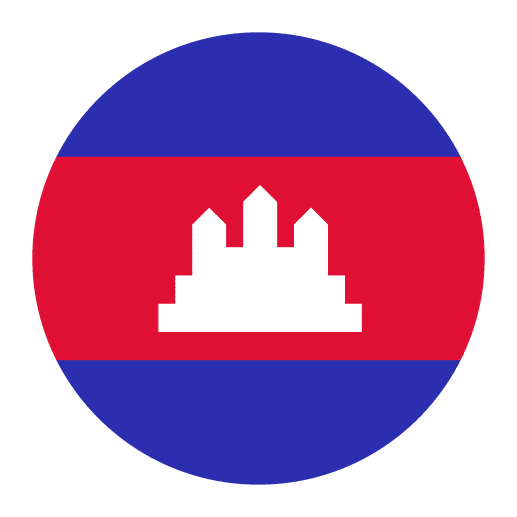Khmer Grammar Exercises
Ready to dive into Khmer grammar? Practicing a few basics will help you get comfortable with this unique and beautiful language. Try these exercises to build your confidence and have some fun along the way!
Get started
The most efficient way to learn a language
Try Talkpal for freeKhmer Grammar Topics
Learning a new language can be a challenging yet rewarding endeavor. Khmer, an Austroasiatic language spoken mainly in Cambodia, is no exception. With its analytic structure and distinctive particles, learning Khmer requires a systematic approach to understanding how meaning is built without inflection. This guide outlines the key areas of Khmer grammar in a logical sequence for language learning, starting from the basics such as nouns and articles, and progressing to more complex areas like tenses and sentence construction.
1. Nouns:
Begin your Khmer language journey by learning the nouns. This includes understanding common and proper nouns, how plurality is often shown with quantifiers, classifiers, or reduplication rather than inflection, and the absence of grammatical gender or case.
2. Articles:
Khmer does not use definite or indefinite articles as in English. Definiteness is expressed through context or demonstratives such as នេះ this and នោះ that, while indefiniteness can be shown with the numeral មួយ one or words like មួយចំនួន some.
3. Adjectives:
Adjectives in Khmer typically follow their nouns and can function as stative verbs in predicates. Learn degree markers and comparison, such as ណាស់ very, ជាង for comparative, and ជាងគេ for superlative, as well as reduplication for emphasis.
4. Pronouns/Determiners:
Pronouns and determiners are essential in Khmer and reflect levels of formality and social relations. Master personal pronouns, demonstratives, quantifiers, numerals with classifiers, and possession using របស់ or noun-noun sequences for clear and appropriate communication.
5. Verbs:
Khmer verbs do not conjugate for person or tense. Aspect, time, and mood are shown with particles and adverbs, such as កំពុង progressive, បាន completed or past, នឹង future or intention, ទើប just, and តែង habitual, along with serial verb constructions and limited use of copulas like ជា for classification and នៅ for location.
6. Tenses:
After mastering verb usage, explore how Khmer expresses time without inflectional tenses. Present is often unmarked, past is commonly indicated with បាន or time expressions, and future or intention is shown with នឹង or context, with completive nuance often marked by ហើយ already.
7. Tense Comparison:
Comparing time and aspect in Khmer focuses on particles and adverbs rather than verb changes. Using the same verb with particles like បាន, នឹង, and កំពុង in various contexts will clarify how sequences of events are expressed.
8. Progressive:
The progressive in Khmer is used to express ongoing actions. It is formed by placing កំពុង before the main verb, with optional តែ for emphasis, and may be combined with time expressions for clarity.
9. Perfect Progressive:
This is used to express actions that have been ongoing up to a particular point. In Khmer, continuity up to now can be shown with កំពុង … មក or បាន + verb + មក together with duration phrases, depending on context and emphasis.
10. Conditionals:
Conditionals express hypothetical situations and outcomes. Khmer commonly uses បើ or ប្រសិនបើ for if in the condition clause, with the result often marked by particles such as នោះ or appropriate modals for nuance.
11. Adverbs:
Adverbs in Khmer modify verbs, adjectives, or other adverbs and include manner, place, time, and degree. Position is flexible, with time adverbs often at the beginning, manner frequently after the verb, and degree words like ណាស់ and បន្តិច shaping intensity.
12. Prepositions:
Prepositions link words and phrases to show relationships of time, place, and direction. Khmer uses items such as នៅ at or in, ទៅ to, ពី from, and relational forms like ខាងក្រោយ behind and លើ on, often in combination with location nouns.
13. Sentences:
Finally, practice constructing sentences. Khmer tends toward SVO order with frequent topic-comment structures. Master negation with មិន … ទេ in standard usage and common colloquial forms, imperatives with particles like សូម, and the integration of all previously learned grammar points in context.








